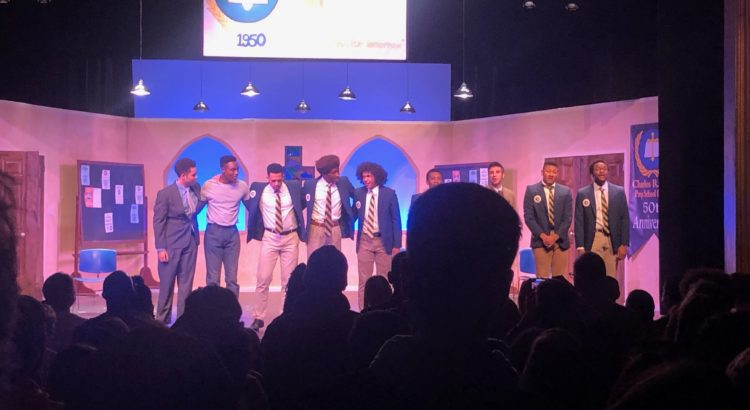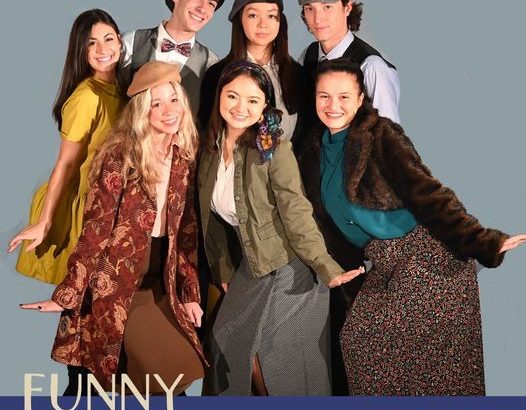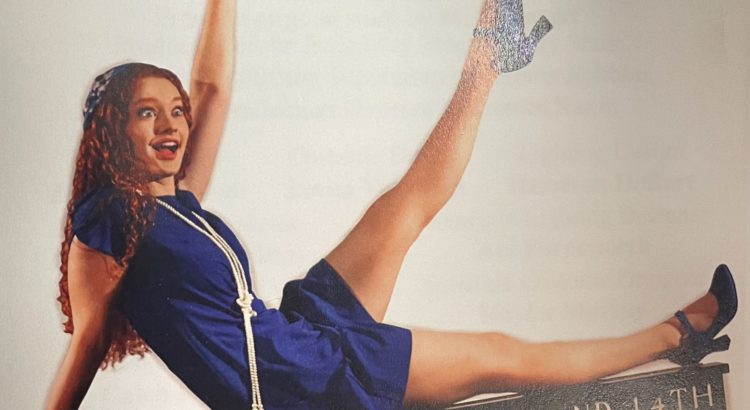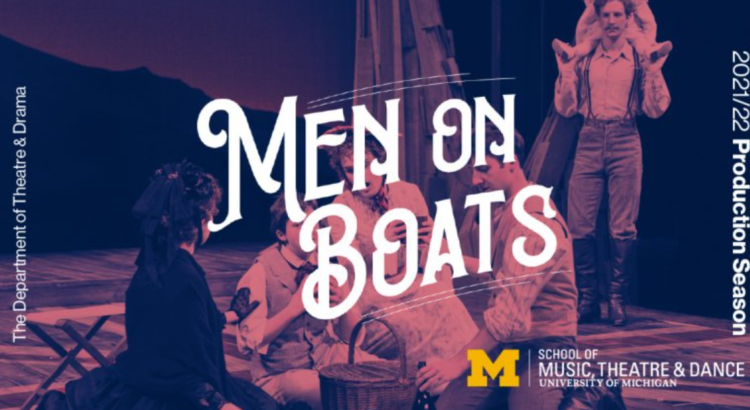Musket’s production of Funny Girl, originally a Broadway musical with Barbara Streisand, has an electric energy that can’t be forgotten. Running for just three nights at the Power Center on Central Campus, it can easily be missed; but, for all musical-lovers and Michigan students within walking distance of the theatre, keep your eye out for future productions at this location and other productions by Musket. The effortless humor and colorful characters of Funny Girl filled the venue with a liveliness that stuck with me even after I left.
I am typically not a musical-goer, as I prefer the believable effects and immersive atmosphere of typical movie theaters, but something about Funny Girl set it apart and drew me directly into the bustling and competitive setting of New York City. Surrounding the life of the awkward, stubborn, yet uniquely charismatic actress Fanny Brice, the musical explores her strenuous rise to fame. We witness her navigate the cutthroat competition of theatre in the Big Apple; we see her embrace her triumphs and mourn her defeats; and, most notably, we watch as she learns how to navigate the complexities of love and family in her gold-gilded life as a star. My favorite aspect of the story— besides experiencing the exciting growth of such an interesting character— is the focus on theater. Watching a musical about musicals adds a sense of realism; the actors are performing a story, but it is a story that is relevant to their own experiences. Many songs are performed in a fictional musical, so watching those scenes in an actual musical theater setting feels completely immersive.
The stellar cast raises the performance to another level. Carly Meyer, who plays Franny, captures the awkward humor and headstrong demeanor of the character perfectly. From classic clumsiness to goofy dance moves, the loud and unapologetic ambition of Franny echoes throughout the venue, as well as her strong and expressive voice. Each cast member brings incredible vocal talent to the stage as well as a specific energy and personality; ranging from the mysterious and wealthy Nicky Arnstein, played by Sohil Apte, to the brashly humorous Mrs. Meeker, played by Gavin Brock, the variety adds to the excitement of the show. The score is iconic and unforgettable, featuring fast-paced classics and romantic ballads. The live pit orchestra added dimensionality and depth to the lively music. Through the live music and incredible vocal talents, the sound of Funny Girl is magical at the very least.
The relatable and in-touch nature of the subjects of Funny Girl— the awkwardness, the difficulty of love, and the blinding allure of success— creates a production that is far from fantasy. Funny Girl enticed me with its characters, drew me in with its realism, and captured my heart with its nostalgic score. Next time Funny Girl comes around, or any other Musket production, be sure to grab your $7 student ticket and catch it while you can.









